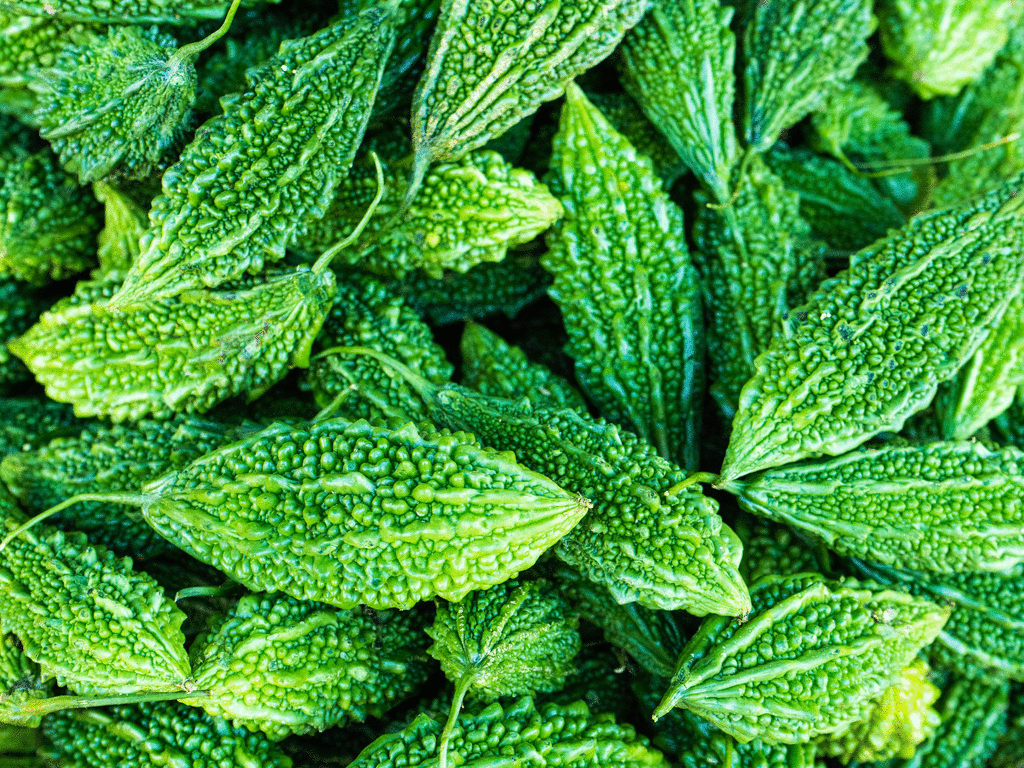PDF chapter test TRY NOW
We know that some substances taste bitter. But, do you know why?

When we taste green leafy vegetables, cauliflower, broccoli, baking soda, it gives a bitter taste because they contain base. In other words, a base is a substance with more ions concentration.
The substance that contains more of ions are basic substances. Bases are compounds that contain oxygen along with hydrogen.
A base that contains oxygen is called an oxide, while a base that contains oxygen along with hydrogen is called the Hydroxide.
Types of Bases:
Bases are graded as strong or weak based on how they participate in a reaction.
Bases are graded as strong or weak based on how they participate in a reaction.

Strong bases: Some of the bases are corrosive and can cause skin irritation; they're called strong bases—for example, potassium hydroxide, sodium hydroxide, and calcium hydroxide.
Note: The complete dissociation of ions takes place in strong acids.

Weak bases: Some of the bases aren't especially corrosive; they're called weak bases—for example, magnesium hydroxide, ammonium hydroxide, copper hydroxide. The partial dissociation of ions takes place.
Properties of bases:

- The taste of bases is bitter.
- Bases turn red litmus into blue
- Bases that can dissolve in water are known as alkalis, for example, potassium hydroxide and sodium hydroxide.
- Soapy to touch.
Note: Neutral solutions are those that do not change the appearance of either the red or blue litmus paper during the test. These compounds are neither acidic nor basic in nature.
